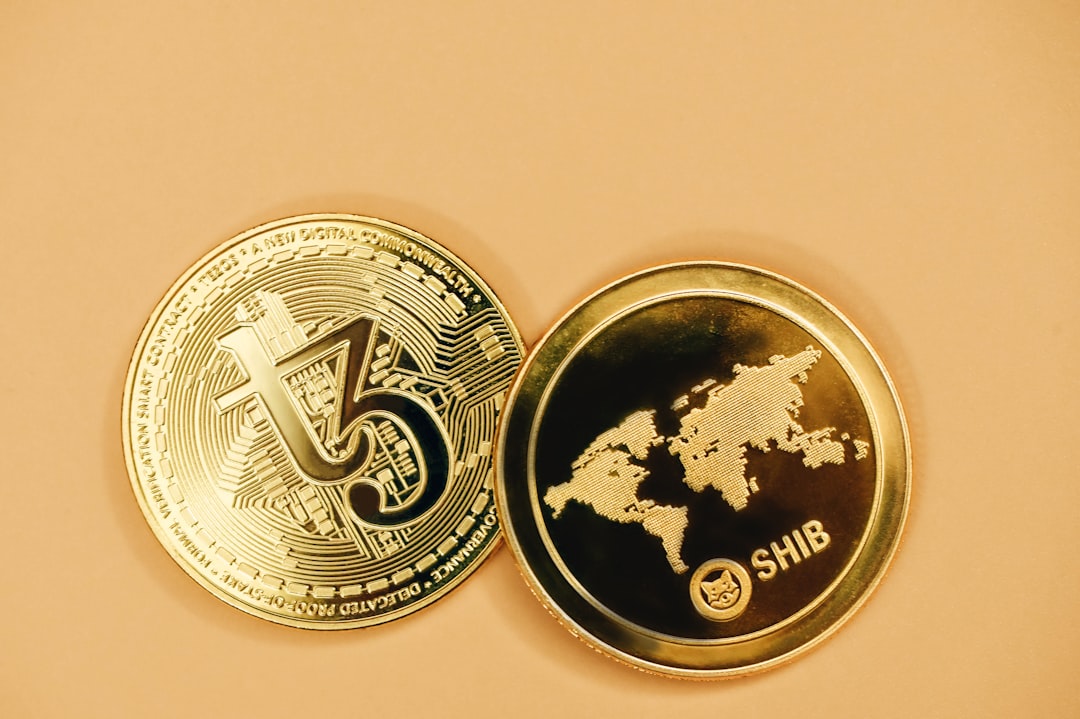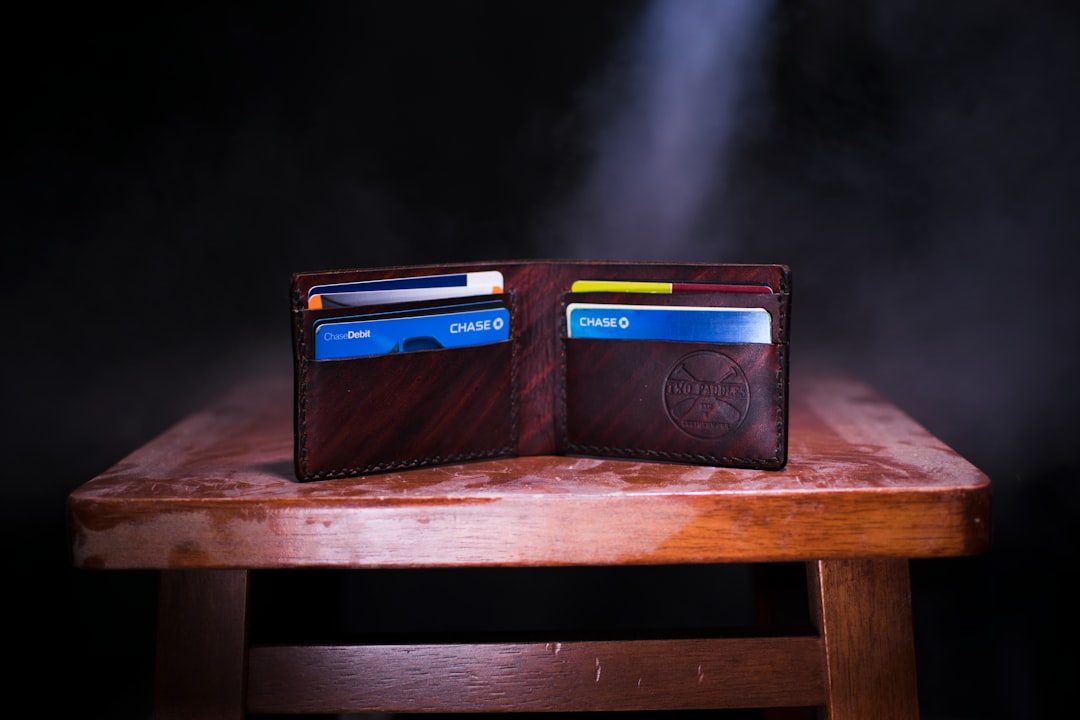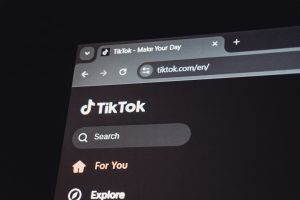
Trying to get your hands on Monero can feel like trying to catch a shadow. If you’ve ever wondered why it’s so tough to buy, you’re not alone. Unlike Bitcoin or Ethereum, Monero isn’t just sitting around on every exchange. Let’s break it down in a fun and simple way!
Monero is private. Very private.
Monero, or XMR, is all about privacy. When you send or receive Monero, no one else can see it. Not your neighbor. Not the government. Not even a hacker with fancy tools. Everything is hidden — the sender, the receiver, and even the amount.
This privacy makes Monero different from most other cryptocurrencies. But it also makes some people nervous.
So… why the mystery?
Because Monero is so private, it’s harder for exchanges to track what’s going on. Most crypto exchanges have rules they must follow. They need to know who’s buying and selling, and how much. This is called KYC — Know Your Customer.
Here’s the problem:
- Monero hides all the info.
- Exchanges can’t see who’s doing what.
- This makes regulators uncomfortable.
- So, many exchanges just avoid Monero entirely.
Regulations strike again!
Regulators around the world are cracking down on privacy coins. Countries want to stop money laundering and crime. Since Monero is super private, they worry it could be used for shady purposes.
That’s why exchanges like Coinbase, Binance (some regions), and others don’t offer it. Some that did in the past have removed it. They’re not saying Monero is bad — they just don’t want to get in trouble.

It’s also hard to store.
Buying Monero is one thing. Storing it? That’s another adventure.
Most crypto wallets don’t support Monero. Popular wallets for Bitcoin and Ethereum won’t work here. Why? Because Monero’s tech is very different.
To store it, you need a special Monero wallet. Like the official one from getmonero.org. Or others like Cake Wallet or Monerujo.
This can confuse newbies.
- “Why won’t my wallet work?”
- “Why do I need to sync the whole blockchain?”
- “What’s a view key?”
Don’t worry — once you figure it out, it’s not so scary.
How can I actually get Monero?
Okay, so where do you even get Monero if it’s not on most exchanges?
Here are a few ways:
- Use privacy-friendly exchanges — Some crypto exchanges like Kraken (in some regions), TradeOgre, or KuCoin occasionally offer it.
- Use decentralized exchanges — Services like AtomicDEX or Haveno (based on Bisq) allow peer-to-peer trading.
- Use swap services — Tools like SideShift, ChangeNow, or FixedFloat let you swap Bitcoin or Ethereum for Monero.
- Earn it — Some people just work and ask to be paid in Monero!

Is it worth the effort?
That depends on what you care about. If you want to protect your financial privacy, Monero is one of the best choices out there. While the learning curve is steep, many users love how secure and private it makes them feel.
Plus, it’s a fun ride once you get the hang of it. Like joining a secret club of privacy ninjas.
Final thoughts
Monero is hard to get — on purpose. It’s designed to give you total privacy. But with great privacy comes a few extra hoops to jump through.
So if you’re ready to jump in, buckle up. The world of Monero isn’t as easy as Coinbase, but it’s full of interesting tools and people who value freedom. Happy hunting!






